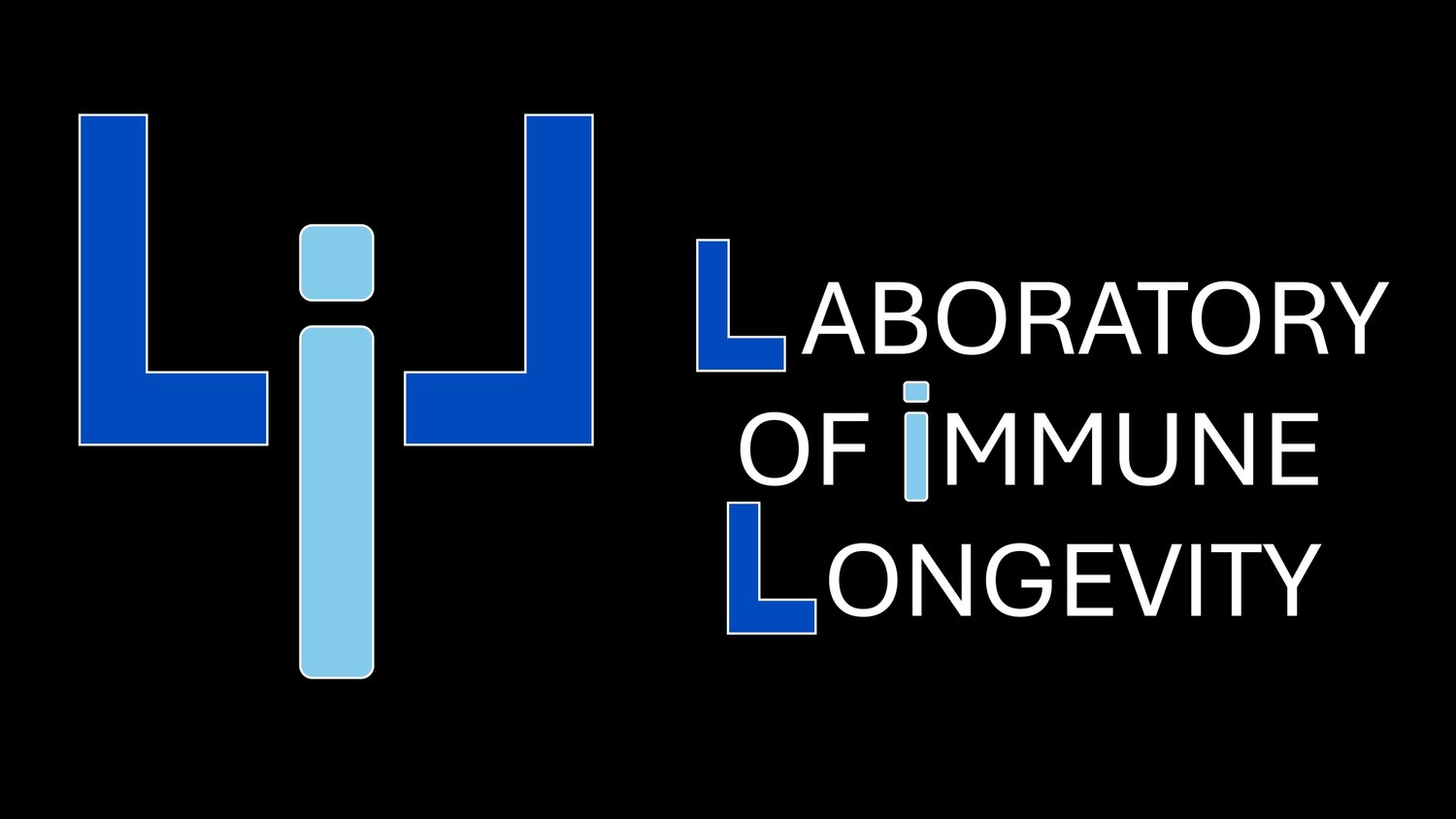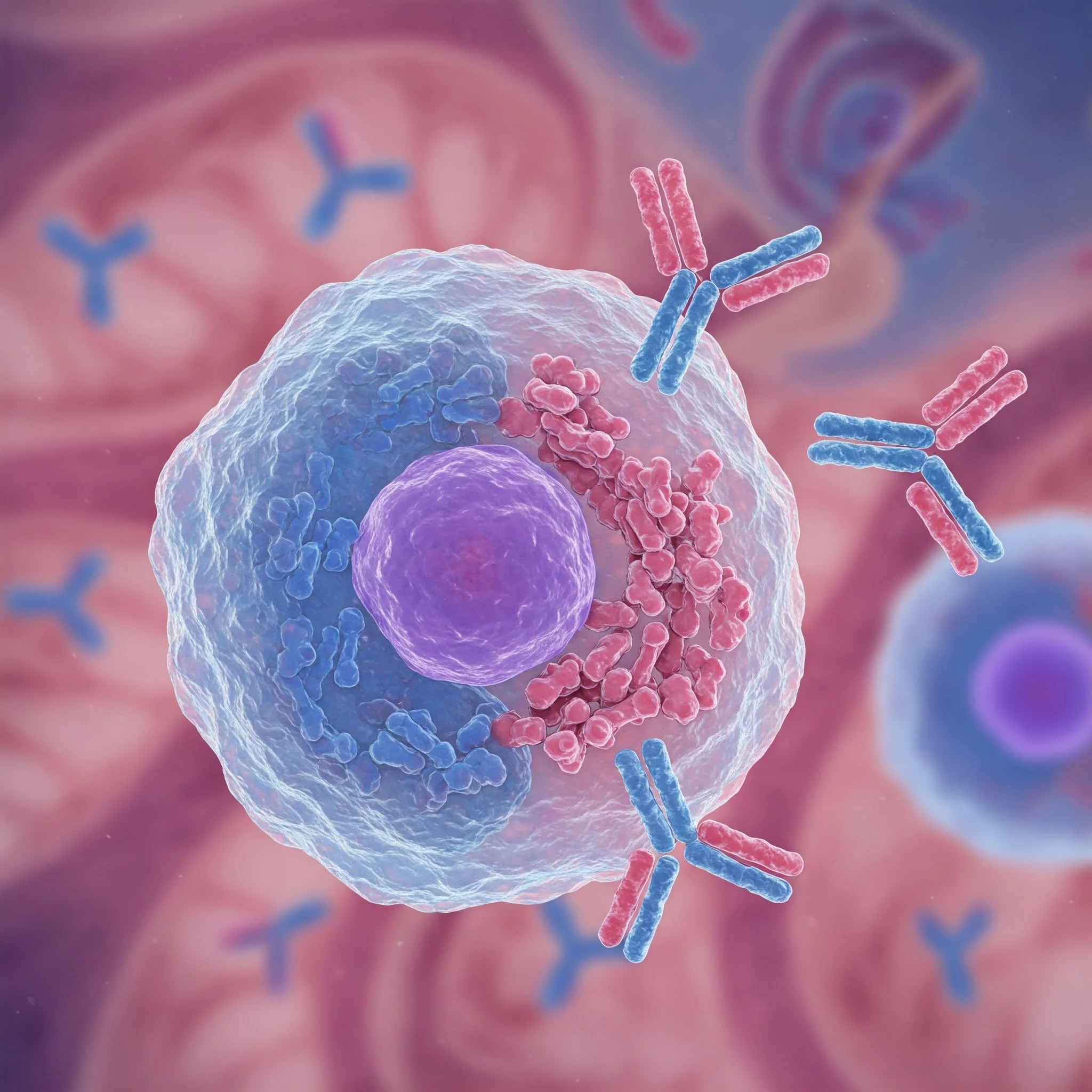RESEARCH INTERESTS
Plasma Cell-Intrinsic Factors Governing Longevity
Most plasma cells will not become long-lived; the vast majority perish shortly after emerging in secondary lymphoid organs. Why do only a select few survive and acquire long-lived properties? At LIL, we investigate the intrinsic ability of specific plasma cells to persist, utilizing transgenic mouse models of infection and immunization to identify the factors that determine their entry and retention in the long-lived pool. Understanding the framework of inherent decisions could lead to better induction of protective long-lived plasma cells against many infectious agents and avoid induction of pathogenic plasma cells, key players in cancer and autoimmune diseases.
Who do PCs talk to?
The existence of a specialized “niche” supporting plasma cell (PC) survival is well established, but its precise components, their relative importance, and the nature of their interactions remain unclear. At LIL, we use mouse models to investigate PC interactions with cellular components in different tissue environments. Understanding these interactions could inform strategies to enhance vaccine efficacy by optimizing PC survival in residency sites.
PCs Beyond Antibody Production
PCs are best known as antibody-producing machines, with ~70% of their transcripts encoding immunoglobulin-related genes. However, emerging evidence highlights their immunomodulatory roles through co-stimulatory molecules and cytokine production. At LIL, we aim to harness these non-canonical functions in long-lived PCs to regulate inflammation and maintain tissue homeostasis, offering new therapeutic avenues for inflammatory diseases.



